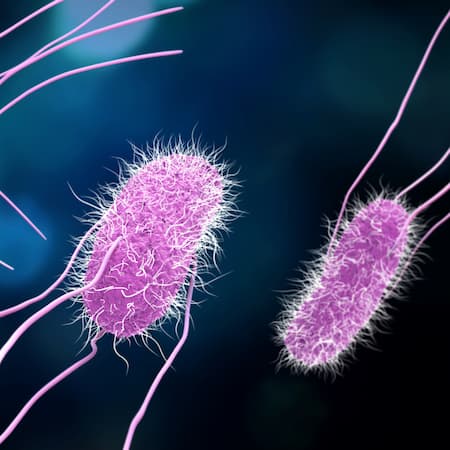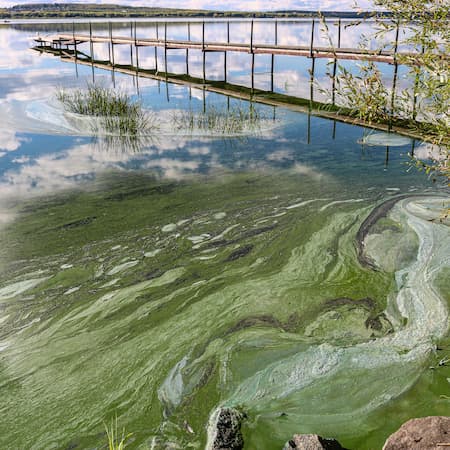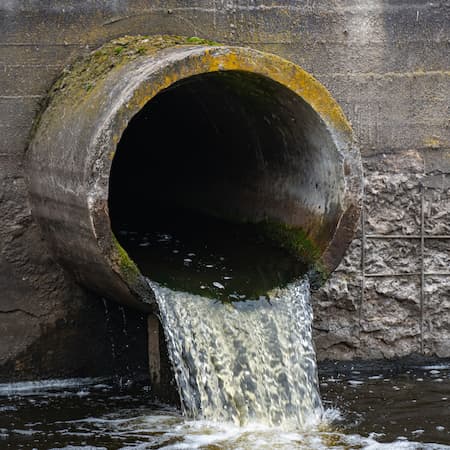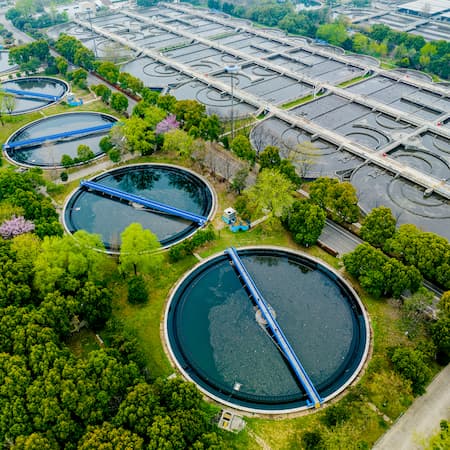Your Water In Crisis
Water pollution: a public health crisis
From toxic algae blooms to microplastics to pharmaceuticals, freshwater ecosystems are under increasing threat of pollution, and our health is increasibly at risk.
Is your drinking water at risk?
The answer may not be as simple as you think. While most North Americans rely on treated water, pollution from unprotected lakes, rivers, and streams threatens both ecosystems and drinking water supplies. Freshwater is vital but limited, often facing serious contamination risks from agricultural runoff, industrial waste, microplastics, and untreated sewage.

The rise of waterborne diseases

Contaminated water harbors bacteria, viruses, and parasites that cause life-threatening illnesses, including:
- Cholera & Dysentery – Linked to poor sanitation and untreated wastewater.
- E. Coli & Salmonella – Found in polluted drinking water, leading to severe gastrointestinal infections.
- Hepatitis A – A viral infection spread through contaminated water sources.
Excess nutrients & algal blooms
While nutrients like phosphorus and nitrogen are essential to aquatic life, excessive amounts—often from agricultural runoff—can cause harmful algal blooms. These blooms:
- Deplete oxygen levels, killing fish and aquatic species.
- Release dangerous cyanotoxins that contaminate drinking water.
- Trigger public health emergencies, like the 2014 Toledo, Ohio water crisis that left 400,000 residents without drinking water.

Microplastics in your water

Tiny plastic particles from clothing fibers, microbeads, and degraded plastic waste have infiltrated tap water worldwide. A 2017 study by Orb Media found that 83% of sampled tap water contained plastic fibers. The risks include:
- Toxic chemical exposure as plastics absorb harmful pollutants.
- Bioaccumulation in seafood, affecting human health.
- Disruption of endocrine systems (affecting hormones) in both aquatic species and humans.
Toxic chemical exposure
Heavy metals, pesticides, and industrial chemicals infiltrate water supplies, leading to chronic health conditions, including:
- Neurological disorders – Mercury and lead contamination can cause brain damage, especially in children.
- Cancer risks – Long-term exposure to arsenic, nitrates, and PFAS ("forever chemicals") is linked to various cancers.
- Hormonal imbalances – Waterborne endocrine disruptors interfere with reproductive health.

The threat of untreated sewage

While North American cities have advanced wastewater treatment, 80% of the world’s wastewater is released untreated into the environment. This means:
- Pharmaceuticals and chemicals can end up in freshwater sources.
- Pathogens and pollutants flow into lakes and rivers, increasing disease risks.
- Recreational waters become unsafe, impacting tourism and local economies.
The burden on healthcare systems
Water pollution strains healthcare systems by:
- Increasing hospitalizations due to preventable waterborne illnesses.
- Raising public health costs for long-term contamination exposure.
- Reducing workforce productivity as communities deal with chronic illness.

A call for action

Investing in water treatment technology, pollution prevention, and stricter regulations is essential to protecting public health. Solutions include:
- Advanced filtration and wastewater treatment to remove contaminants.
- Stronger regulations on industrial and agricultural pollutants.
- Nature-based solutions like wetlands to naturally filter water and reduce pollution.
Solution spotlight
GIVING PEOPLE THE POWER
Freshwater pollution is pervasive, but it isn’t always easy to spot. As a concerned individual, it can be tricky to know what to look for. The 2015 AquaHacking Challenge winner Water Rangers saw that people care about their waterways and developed an affordable system that allows anyone to monitor freshwater health, record what they observe, and share that data openly.
.jpg)
Citizens are concerned about the health of lakes, rivers, and streams, and they want to do something to help. Our user-friendly solution enables them to monitor these resources, notice changes over time, and flag concerns to authorities. Our long-term goal is to make water testing accessible to everyone – and, in the process, we want to contribute to building healthy communities.
KAT KAVANAGH
Executive Director | Water Rangers

Support our work, make an impact
Join the ripple effect and do your part to protect freshwater from dangerous pollution. There’s still time!